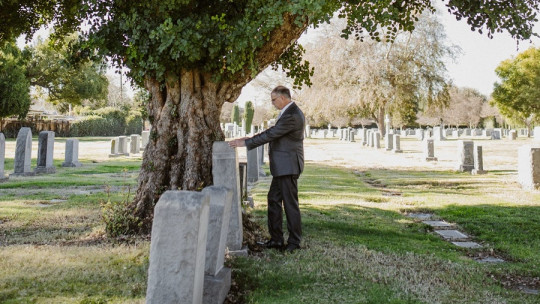Emotions throughout history have been relegated to the background with respect to reason, without being considered sources of knowledge or usefulness for human beings.
The truth is Emotions provide us with very valuable information for our own survival and our self-knowledge so we can say that they are generators of wisdom.
Sadness has been classified as one of the negative emotions from the cognitive-behavioral approach and positive psychology, along with disgust, fear or anger. Contextual therapies avoid making this classification of negative or positive emotions because they can condemn us to their avoidance and generate additional problems.
In this way, it is understood that all emotions present an adaptive function to the situation or experience that triggers them and their avoidance, non-identification or denial is what can generate maladaptive responses.
Do you feel discomfort and anguish when you are sad?
If the answer is yes, you are experiencing something expected and normal in a painful situation, period or experience. Sadness accounts for change, a loss, a grief that does not have to be only the death of a loved one.
There are many types of grief, such as the feeling of loss or emptiness when a couple breaks up, or a change of city or country change of job or distancing yourself from a close person or friend among many other things.
Sadness is not positive or negative, it is there to give us information about the loss and the need to feel it and go through it in order to say goodbye, restructure and relocate later.
There are times when we feel sadness for no apparent reason; In this case it may be that there is another unidentified emotion or that we have learned to avoid and failing that we feel sadness; then we will have to find out the underlying emotion to see what information it gives us and what we can do with it.
As a Western society we have learned to avoid and reject pain and sadness From the first stages of our life, the messages we hear from our references and close figures contribute to the internalization of the avoidance and rejection of sadness. This is what Soriano & Salas (2006) point out when they affirm that the instructions innocently shared since childhood are “formulas for living” that we internalize as commands such as “no to pain, anguish, no to nostalgia and sad memories.” among others…” that lead us to avoid pain when it appears.
These formulas instead push us to search for immediate pleasure, strengthening the erroneous conception that sadness and emotional discomfort must be avoided at all costs, a conception that contributes to the pathologization of sadness when it should not be like that, being one of the basic emotions that are in every human being, having an adaptive function for them.
What do we do with sadness?
After having read and broadly understood the function of sadness, each person can decide what they want to do with it.
We know the usefulness and liberation we feel when sharing sadness with close people and support networks in addition to being willing or willing to go through it. It is essential to understand the importance of how unresolved or closed grief currently affects us and its relationship with our emotional state, the way we relate to others, motivation, communication… Therapeutic work and support are of great importance in the processes of change and loss you can rely on the help of a professional if you believe it is necessary.









